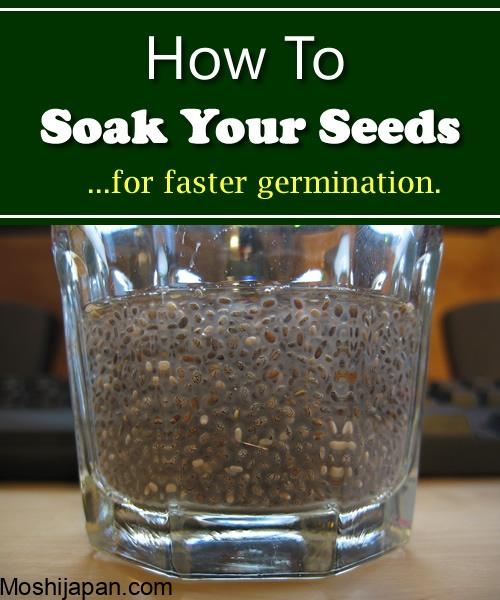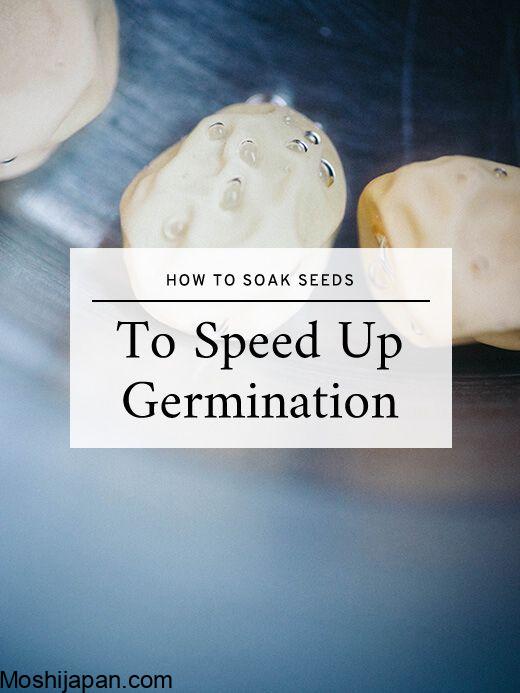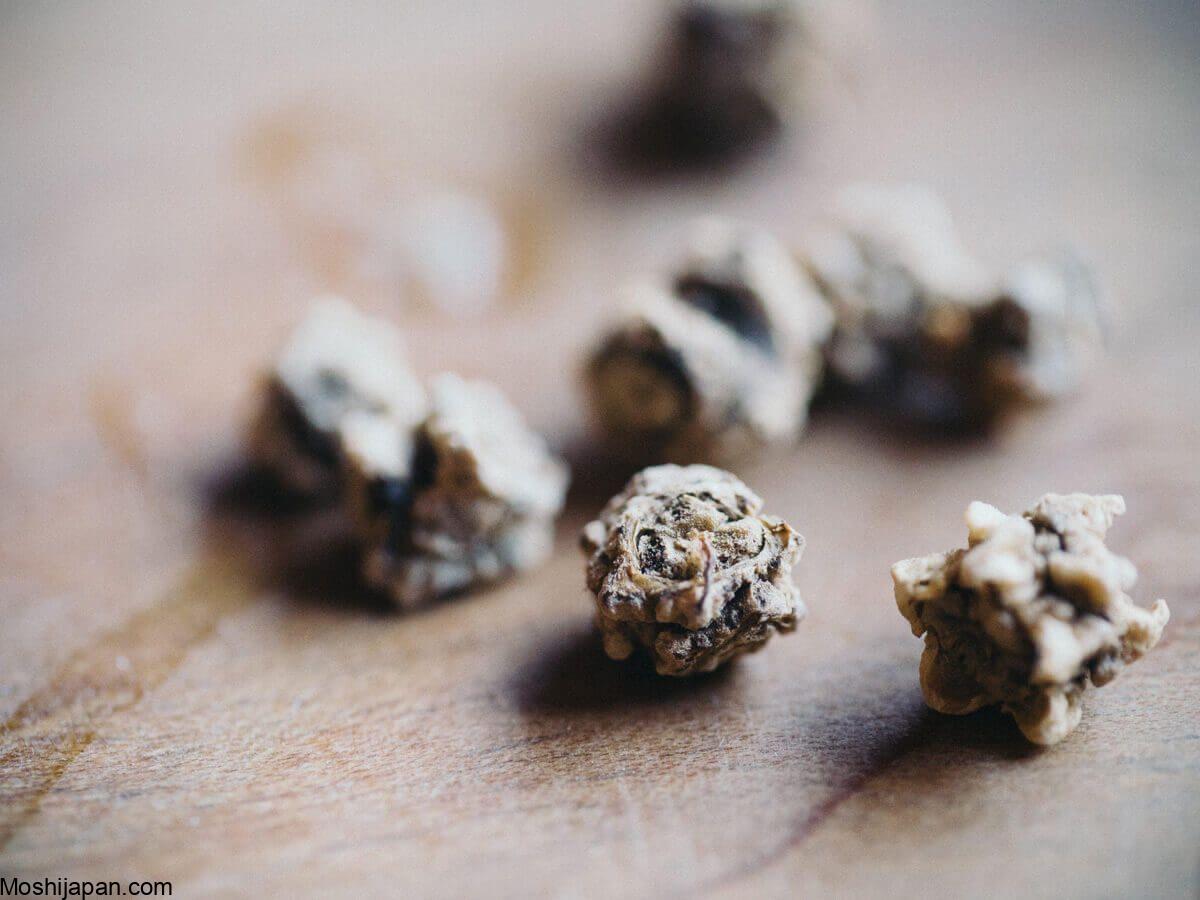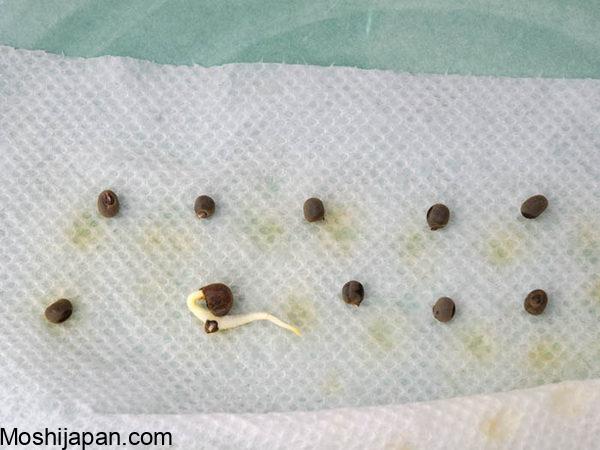How to Soak Seeds and Speed Up Germination Time
When it comes to gardening, one of the most exciting moments is seeing those tiny seeds you planted transform into flourishing plants. However, the waiting game can be a bit frustrating, especially if you’re eager to see your garden in full bloom. That’s where seed soaking comes in. In this article, we will guide you on how to soak seeds and significantly accelerate the germination time of your plants. Say goodbye to the impatience and hello to faster, healthier growth.
Understanding the Importance of Seed Soaking

Before we dive into the specifics of seed soaking, let’s grasp why it’s a crucial step for gardeners looking to maximize their plant growth. Seeds have a natural protective layer that can be quite tough, making it challenging for moisture and nutrients to penetrate. This protective layer can slow down the germination process. Seed soaking, however, is a game-changer. By soaking your seeds, you’re essentially softening this protective barrier, which allows for quicker water absorption and nutrient uptake.
Selecting the Right Seeds

To start this journey towards faster germination, you need to choose the right seeds. Not all seeds benefit equally from soaking, and it’s important to know which ones do. Generally, seeds with hard shells or those that are on the larger side tend to gain the most from soaking. Some of the seeds that respond well to soaking include beans, peas, corn, sunflowers, and nasturtiums. However, delicate seeds like lettuce and carrots are best sown directly without soaking to avoid damage.
The Seed Soaking Process

Now, let’s get into the nitty-gritty of seed soaking. Here’s a step-by-step guide on how to soak your seeds effectively:
- Gather Your Supplies: You’ll need a few basic supplies, including a container, water, and your selected seeds.
- Choose the Right Container: Pick a container that’s large enough to comfortably hold your seeds. A glass or plastic container with a lid is ideal.
- Add Water: Fill the container with lukewarm water. Make sure it’s at the right temperature, as extreme temperatures can shock the seeds.
- Place the Seeds: Gently place your seeds in the container. Ensure they’re in a single layer and not overcrowded.
- Soak Time: The duration of soaking can vary depending on the seed type. Generally, soaking for 12 to 24 hours is sufficient for most seeds. You can check specific recommendations for your seed type online or in gardening guides.
- Change the Water: If you’re soaking for an extended period, consider changing the water every 12 hours to prevent mold growth.
- Drain and Rinse: After the soaking period, drain the water and give the seeds a good rinse. This helps remove any residues and prepares them for planting.
Planting the Prepped Seeds

Once your seeds have gone through the soaking process, it’s time to plant them. Here’s how to go about it:
- Choose Your Planting Method: You can either plant the soaked seeds directly into your garden soil or start them indoors in seed trays or pots. The latter option can give you a head start in regions with shorter growing seasons.
- Prepare the Soil: Ensure the soil is well-prepared with good drainage. Use high-quality potting mix for indoor planting.
- Plant the Seeds: Make a small hole in the soil, place the soaked seed inside, and cover it with soil. Be gentle to avoid damaging the seed.
- Water and Maintain: Water your newly planted seeds, keeping the soil consistently moist but not waterlogged. Provide adequate sunlight and care according to the specific plant’s requirements.
Benefits of Seed Soaking

So, why go through the trouble of soaking seeds? Well, there are several advantages to this practice:
- Faster Germination: The primary benefit is, of course, quicker germination. You’ll see your plants sprouting in less time.
- Increased Success Rate: Soaked seeds have a higher chance of germinating successfully. This is especially useful for gardeners in challenging climates.
- Healthier Seedlings: Seed soaking can result in stronger and healthier seedlings, as they receive a nutrient boost early on.
- Reduced Risk of Disease: By using a controlled soaking process, you can reduce the risk of soil-borne diseases affecting your plants.
Common Seed Soaking Questions (FAQ)
Here are some common questions you might have about seed soaking:
Q1: Can I soak seeds for too long?
A1: While most seeds benefit from soaking, over-soaking can harm them. Refer to specific guidelines for your seed type to avoid this.
Q2: Do all seeds need soaking?
A2: No, some delicate seeds are best sown directly without soaking.
Q3: What water temperature is ideal for soaking seeds?
A3: Lukewarm water is usually best. Extremely cold or hot water can shock the seeds.
Q4: How often should I change the soaking water?
A4: If soaking for an extended period, change the water every 12 hours to prevent mold growth.
Q5: Do soaked seeds require special care after planting?
A5: While they don’t require extra care, be sure to follow the specific care guidelines for the plant you’re growing.
In conclusion, seed soaking is a fantastic technique that can significantly speed up germination time and lead to healthier, more robust plants. By selecting the right seeds, following the soaking process correctly, and planting them with care, you can enjoy the benefits of this method in your garden. Happy gardening!
tag
- chicken feed
- how to Keep Chickens Off Your Porch
- How to grow oyster mushrooms at home
- Growing Kale in Pots



0 Comments